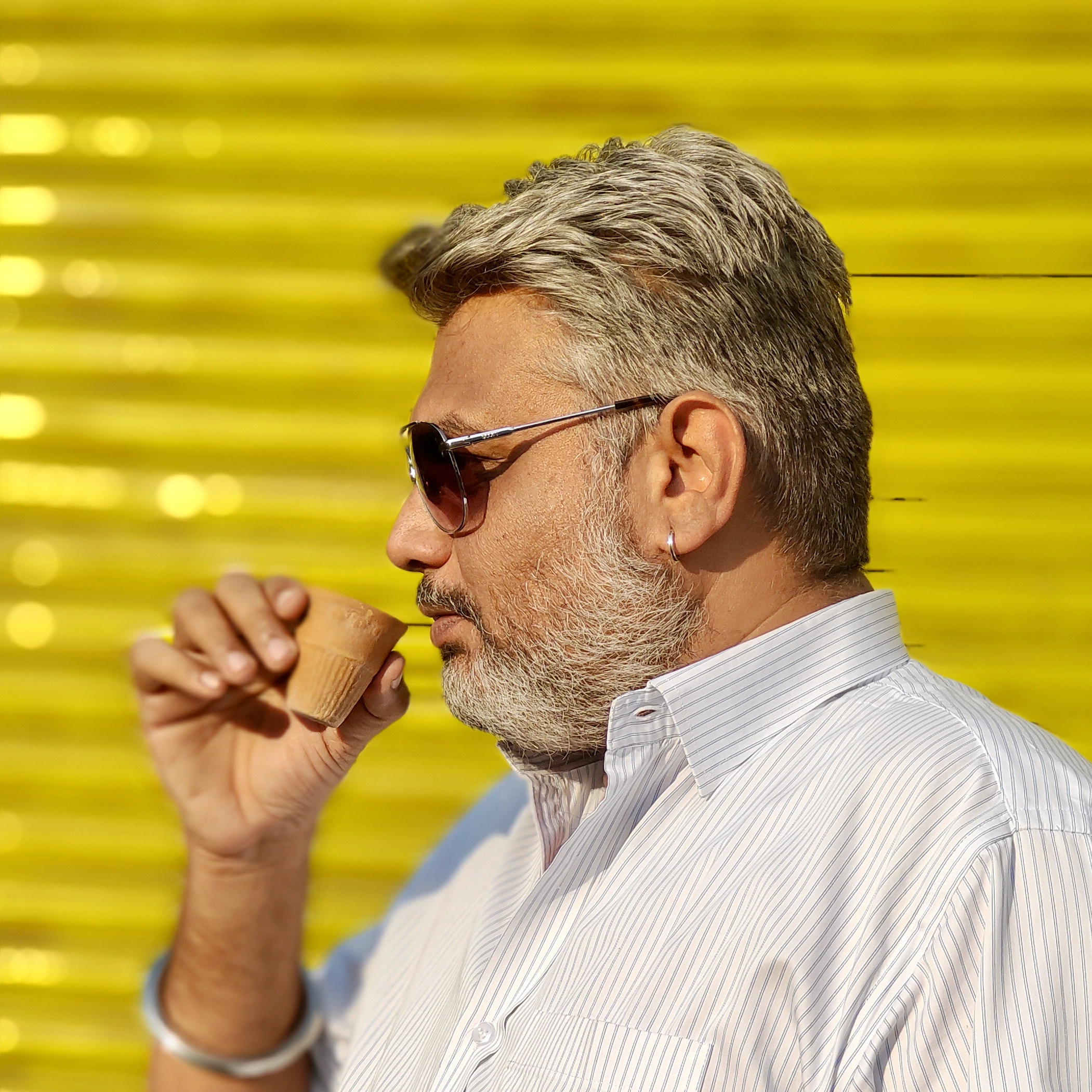Breaking Barriers: Encouraging Women's Participation in Indian Politics | Opinion | Sameer Gudhate
- Sameer Gudhate
- Feb 1, 2023
- 3 min read

Women in India have made significant strides in various sectors of society, from business to education and healthcare. However, when it comes to politics, women remain underrepresented in India. According to a report by the Inter-Parliamentary Union (IPU) and UN Women, India ranks 148th out of 193 countries in terms of women's representation in parliament. The report states that only 14.4% of India's parliamentarians are women, a far cry from gender parity.
The under-representation of women in Indian politics is not only a moral issue but also a practical one. Greater gender diversity in politics is associated with better governance outcomes, including improved economic performance, greater social inclusion, and more effective decision-making. Therefore, it is imperative for India to take bold and comprehensive action to encourage more women to participate in politics and run for office.
One of the most significant barriers to women's participation in Indian politics is the lack of support from political parties. Many political parties in India are dominated by men, and women often struggle to find support for their political aspirations. Therefore, political parties must take the lead in promoting gender diversity in politics. This means setting targets for the number of women candidates they nominate for elections and ensuring that these targets are met. Political parties should also provide support to women candidates, including mentoring and training programs, as well as financial support for election campaigns.
India must also address the social and cultural barriers that prevent women from entering politics. Women face discrimination and harassment when they try to participate in public life, and the patriarchal mindset is deeply ingrained in Indian society. Therefore, India must undertake a comprehensive public awareness campaign that addresses these cultural barriers and encourages greater acceptance of women in politics. This could include initiatives such as promoting positive role models of women in politics, providing greater access to education and training for women, and establishing support networks for women who are interested in politics.
Another critical aspect that needs to be addressed is the issue of unequal access to political resources. Women candidates are often at a disadvantage because they have less access to campaign funding and media coverage than their male counterparts. Therefore, India must work to level the playing field by providing more funding and support to women candidates and ensuring that they have equal access to media coverage during elections. This would require a concerted effort by political parties, civil society organizations, and the government.
Finally, India must make legislative changes that promote gender diversity in politics. This could include introducing quotas for women in parliament or reserving a percentage of political positions for women. These measures have been successfully implemented in other countries and have been shown to be effective in increasing the number of women in politics.
In conclusion, India must take a comprehensive approach to encourage more women to participate in politics and run for office. This requires addressing social and cultural barriers, providing more support to women candidates, and making legislative changes that promote gender diversity in politics. If India wants to create a more inclusive and representative political system, it must act urgently to break down the barriers that prevent women from entering politics. By doing so, India can create a more vibrant democracy that reflects the aspirations of all its citizens.





Comments